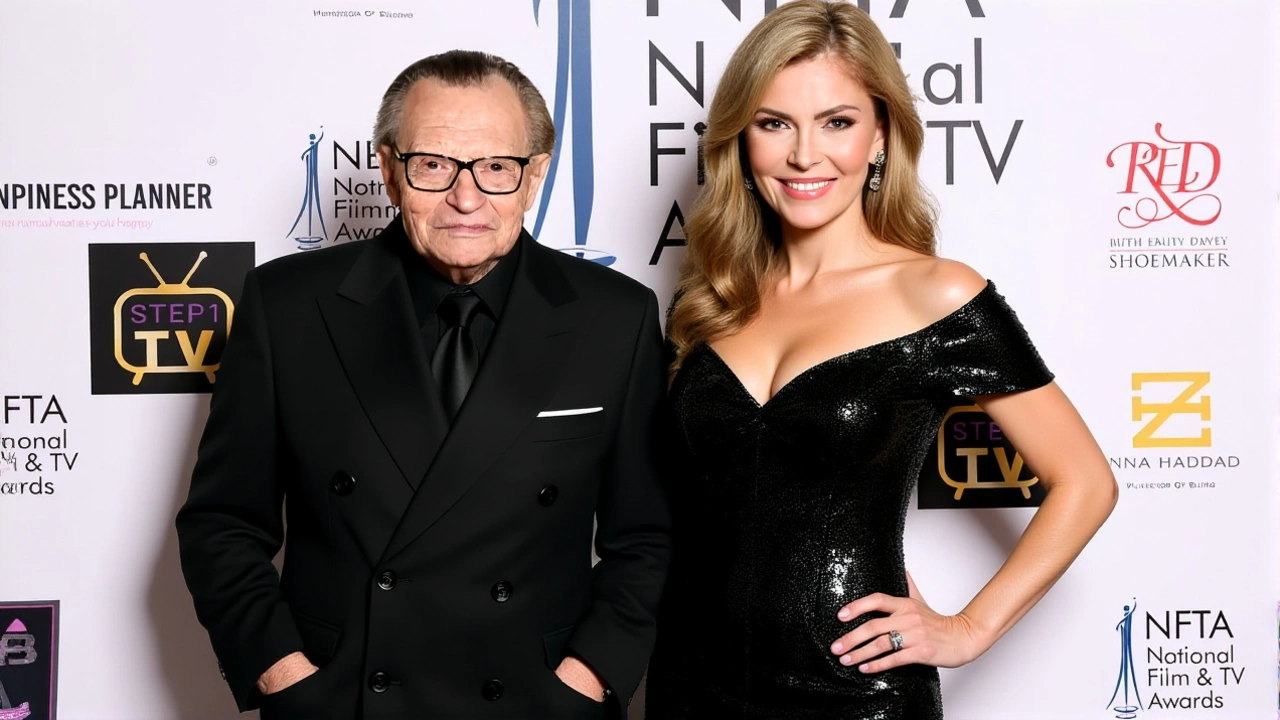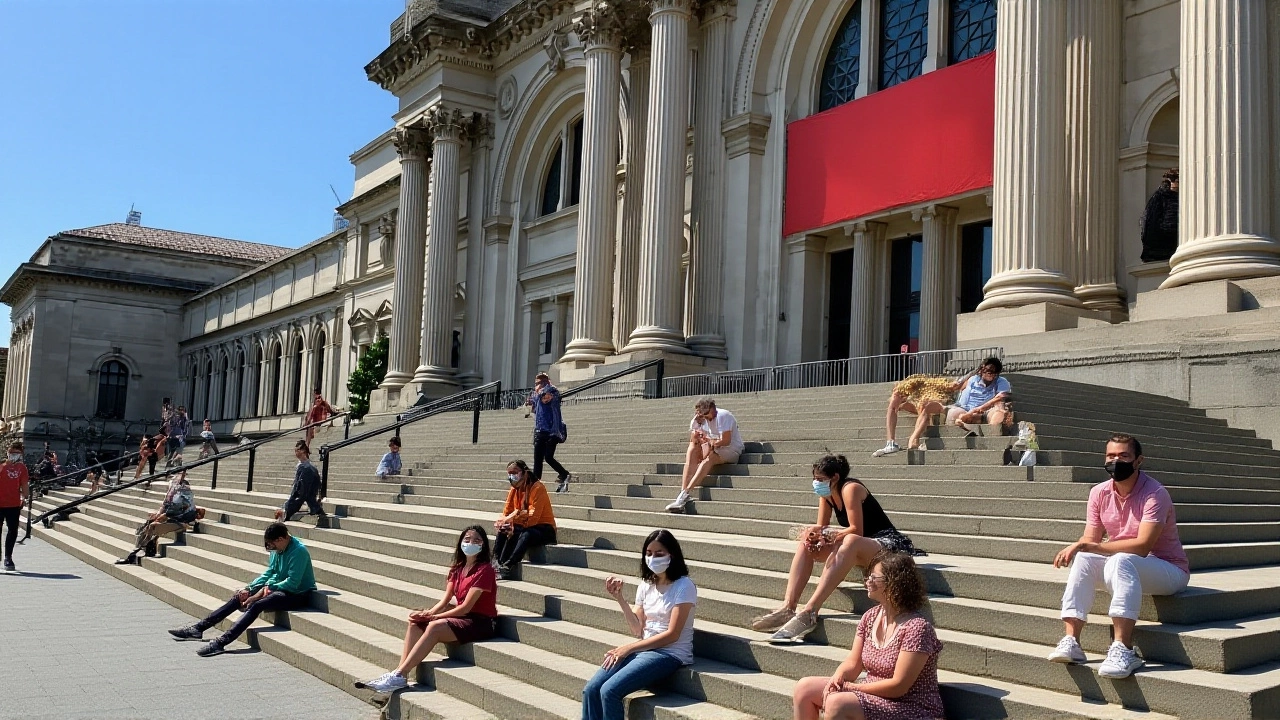On the first Monday of every May, Fifth Avenue transforms into a runway of silk, sequins, and spectacle — not for a fashion show, but for a fundraiser. The Met Gala®, the glittering opening night of The Costume Institute’s spring exhibition at The Metropolitan Museum of Art in New York, isn’t just a party. It’s the financial lifeline that keeps one of the world’s most influential fashion archives alive. With ticket prices rumored to exceed $35,000 and corporate sponsorships running into millions, the event raised over $2.3 million in 2023 alone — all funneling into exhibitions, conservation, and acquisitions for a collection that spans 700 years of global dress.
The Archives That Define Fashion History
Beneath the roar of cameras and the rustle of haute couture, The Costume Institute houses more than 33,000 meticulously cataloged garments and accessories — from 15th-century Venetian velvet to 21st-century 3D-printed ensembles. This isn’t a storage closet; it’s a living archive. Each piece tells a story: the corset that shaped a woman’s silhouette in 1780, the suit that redefined masculinity in 1960s London, the gown that broke racial barriers on the red carpet in 2001. The department’s exhibitions don’t just display clothes — they frame them as cultural artifacts, worthy of the same reverence as Renaissance paintings or ancient sculpture.From Balenciaga to McQueen: Setting the Global Standard
The Institute’s reputation wasn’t built overnight. Landmark shows like The World of Balenciaga (1973), The Glory of Russian Costume (1976), and Vanity Fair (1977) didn’t just draw crowds — they rewrote the rules. Before these exhibitions, fashion was often dismissed as frivolous. These shows proved otherwise. Critics called them revolutionary. Museums from Paris to Tokyo began emulating their narrative depth, lighting design, and scholarly rigor. Decades later, Alexander McQueen: Savage Beauty (2011) became the most visited exhibition in the museum’s history, drawing nearly 660,000 visitors. The numbers don’t lie: fashion, when treated with intellectual seriousness, commands global attention.Anna Wintour and the Machine Behind the Magic
Since 1995, Anna Wintour — Artistic Director of Condé Nast and Editor-in-Chief of Vogue — has been the mastermind behind the Met Gala. She doesn’t just pick the theme; she curates the guest list with the precision of a museum curator selecting a masterpiece. Her influence extends beyond celebrity invitations. She leverages her media empire to turn the event into a global spectacle, generating billions in media exposure for the museum. In 2022, the gala’s theme — “In America: An Anthology of Fashion” — sparked a viral wave of TikTok deep dives and Instagram threads. The event didn’t just fund the next exhibition; it ignited a cultural conversation.
The Hidden Cost of Glamour
Behind the velvet ropes and diamond-encrusted heels lies a quiet truth: without the Met Gala, The Costume Institute wouldn’t survive. The museum’s general endowment doesn’t cover fashion exhibitions. Unlike paintings or sculpture, textiles are fragile, light-sensitive, and require climate-controlled storage at astronomical cost. A single 18th-century gown might need $15,000 just to stabilize before display. The Institute’s annual budget? Roughly $10 million — nearly all of it raised through the gala and its associated donor circles. Corporate sponsors like Chanel, LVMH, and Tiffany & Co. don’t just write checks — they fund conservation labs, digital archives, and even the salaries of the curators who spend years researching a single exhibition.What Happens After the Gala?
The night ends with champagne and confetti. But the real work begins. Over the next six months, curators at The Metropolitan Museum of Art will install the new exhibition — painstakingly mounting garments, calibrating humidity, writing wall texts that connect fashion to politics, gender, and identity. The 2024 exhibition, “Sleeping Beauties: Reawakening Fashion,” used AI-assisted textile analysis to reconstruct fragile fabrics too delicate to display. It was a collaboration between fashion historians and engineers — a testament to how far the Institute has come since its 1937 founding.And yet, the future remains uncertain. The cost of preserving textiles is rising faster than donations. The 2025 theme hasn’t been announced. Rumors swirl about a potential collaboration with Tokyo’s Suntory Museum of Art, but nothing is confirmed. The Institute’s legacy is secure — but its sustainability? That’s still a work in progress.

Legacy and Leadership: The Martin-Koda Era
The modern identity of the Costume Institute was forged under Richard Martin and Harold Koda, who took the reins in 1989. Martin, a scholar of 18th-century dress, pushed for thematic exhibitions that told broader cultural stories — not just biographies of designers. Koda, a meticulous archivist, ensured every garment was documented with forensic precision. Together, they shifted the department from a showcase of beauty to a center of academic inquiry. Their 2011 exhibition on Charles James — a forgotten American couturier — resurrected his legacy and inspired a generation of designers.Frequently Asked Questions
How does the Met Gala fund The Costume Institute’s operations?
The Met Gala raises nearly all of The Costume Institute’s annual budget — estimated at $10 million — through ticket sales ($35,000–$50,000 per seat), corporate sponsorships from brands like Chanel and LVMH, and private donor contributions. These funds directly support exhibitions, climate-controlled storage, conservation labs, and curatorial staff salaries, since the museum’s general endowment doesn’t cover fashion-specific costs.
Why are fashion exhibitions so expensive to mount?
Textiles degrade faster than paintings or sculptures. Each garment requires custom mounts, low-light environments, precise humidity control (45–55%), and often months of conservation before display. A single 19th-century lace gown might cost $15,000 just to stabilize. The Costume Institute’s 33,000-piece collection demands constant, costly upkeep — which is why the Met Gala is indispensable.
Has The Costume Institute ever traveled its exhibitions internationally?
Yes — but rarely. While most exhibitions are exclusive to The Metropolitan Museum of Art, Alexander McQueen: Savage Beauty toured to the Victoria & Albert Museum in London and the Brooklyn Museum. Traveling requires additional conservation, insurance, and climate-controlled transport — costs that often exceed $2 million per venue. The Institute prioritizes New York as its primary platform.
Who decides the Met Gala’s theme each year?
Anna Wintour, in close consultation with the Costume Institute’s curatorial team, selects the theme — usually tied to the upcoming spring exhibition. She considers cultural relevance, visual impact, and potential for media engagement. Past themes like “Camp: Notes on Fashion” (2019) and “Heavenly Bodies” (2018) were chosen not just for fashion, but for their ability to spark global discourse on identity, religion, and performance.
Are there any upcoming exhibitions beyond 2024?
The 2025 theme has not been officially announced. While rumors suggest a focus on African fashion or digital couture, the Institute typically reveals themes only 6–8 months in advance. Historically, themes are chosen to reflect both historical depth and contemporary urgency — so expect something that bridges heritage with innovation.
How has The Costume Institute changed since the 1970s?
In the 1970s, exhibitions were largely biographical — celebrating designers like Balenciaga. Today, they’re conceptual, exploring themes like nationalism, gender, and technology. The shift began under Richard Martin and Harold Koda in 1989, who treated fashion as cultural history. Now, a single gown might be displayed alongside protest signs, film clips, and audio interviews — turning fashion into a multidimensional narrative.

